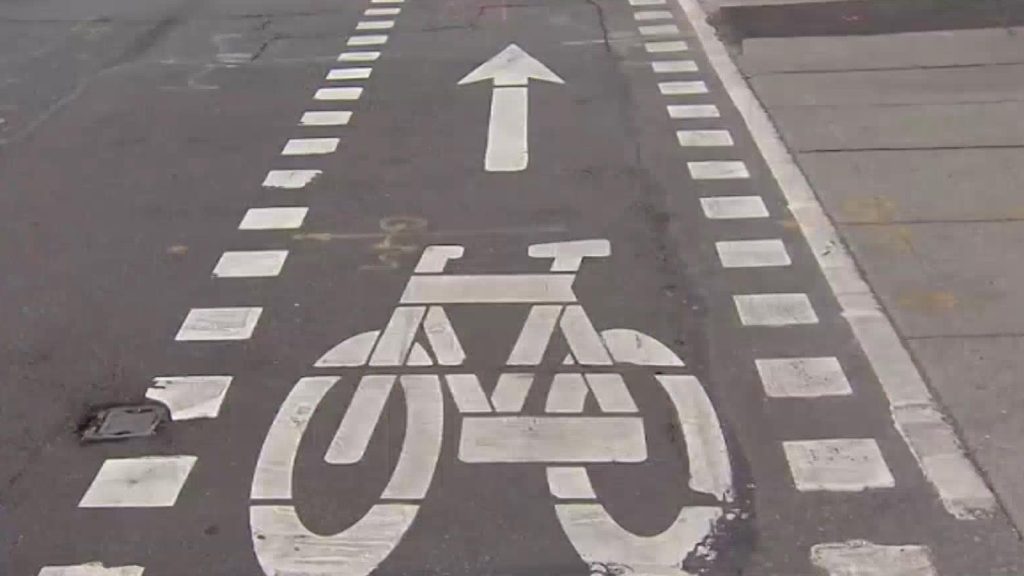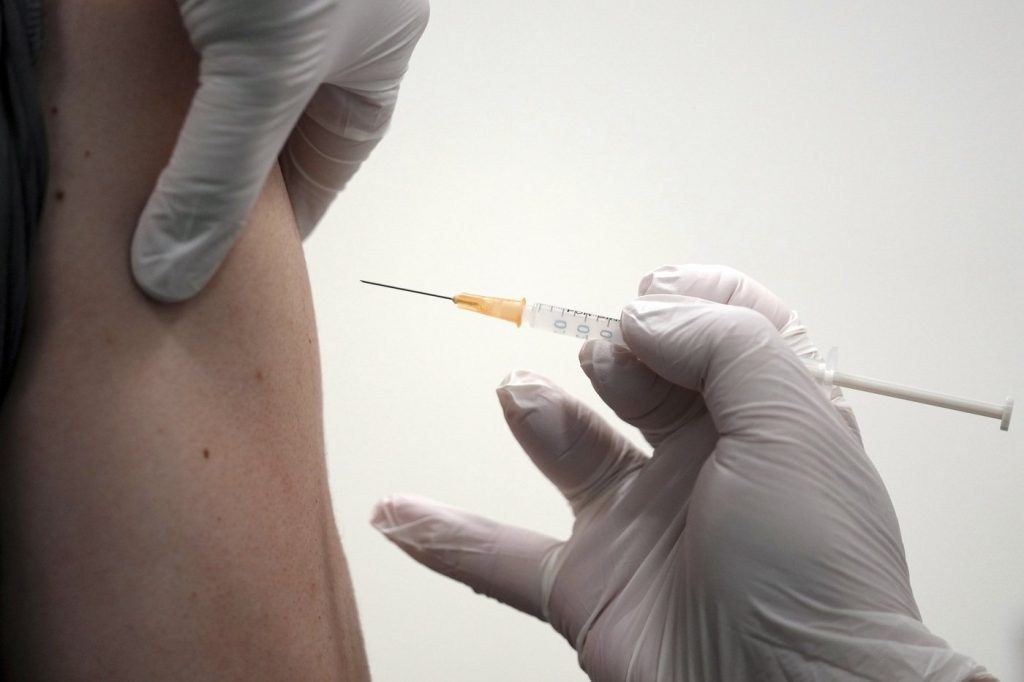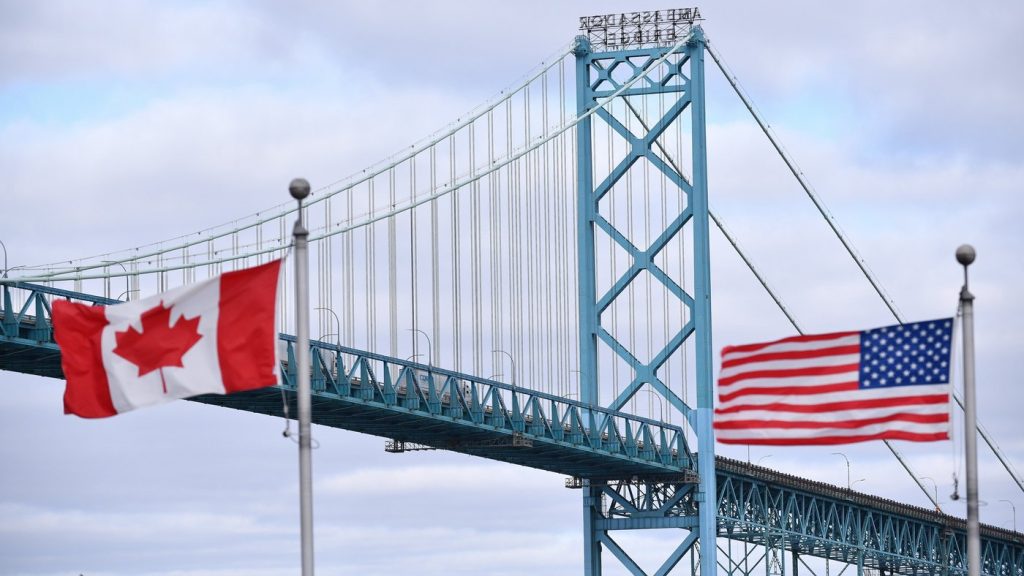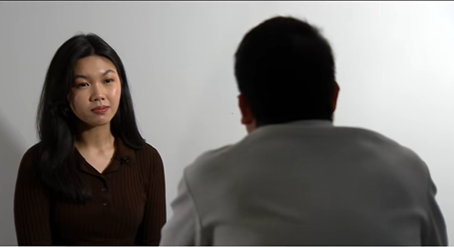Ontario election 2022: Andrea Horwath and the NDP’s pitch to oust Doug Ford and PCs

Posted May 20, 2022 9:30 am.
Last Updated May 20, 2022 9:38 am.
With less than two weeks remaining in the Ontario election campaign and set against struggling poll numbers, Andrea Horwath and the Ontario NDP say they have the best shot at ousting Doug Ford and the Progressive Conservatives from the government benches.
“This election has a lot at stake and what we need to do to fulfill a lot of the opportunities that we talked about tonight all of that starts with defeating Doug Ford’s government,” Horwath said in her closing statement at the Ontario leaders’ debate on Monday.
“There’s really only one shot at this point in time to do that and that’s with the NDP, so I’m asking people this time come together under the NDP so we can defeat Doug Ford and start fixing the things that matter most to you.”
In the 2018 election, the Ontario NDP won 40 seats while the Ontario Liberal Party had seven and the Green Party of Ontario had one. The Progressive Conservative Party of Ontario formed government after 76 candidates were elected.
The pitch Horwath and the party are making is that by holding the ridings they have and electing more MPPs currently held by others, they could potentially form a minority or majority government easier based on their existing standings.
RELATED: How will the tightest races from 2018 in the GTA shake out?
However, that notion could be growing more difficult by the day as new polling shows support shifting to the PCs and back to the Liberals after that party was decimated in the 2018 election.
A recent poll for CityNews by Forum Research looked at the seven tightest races in the Greater Toronto Area.
“The province is slowly moving back to its historic patterns I think,” Lorne Bozinoff, the president of Forum Research, said.
“The tide is coming in a little bit for the Liberals. It’s not enough to win the election and it looks like the Tories have a solid lead.”
Bozinoff said he believes the Liberals and the NDP have given Ontario PC Party leader Doug Ford too easy a ride because they’ve been focusing attention on each other. He went on to say as things currently stand, Ford and the PCs are on track to have another majority government.
CityNews has been reviewing all of the four major parties’ platforms. The Ontario NDP has put forward the lengthiest and most detailed collection of platform ideas. Here are highlights of what the party is proposing on several key issues:
Economy, jobs and taxes
- Make high-speed internet available provincewide by 2025
- Freeze taxes for low- and middle-income families
- Raise the minimum wage to $20 in 2026 with $1-an-hour increases annually
- Require employers to provide 10 permanent personal emergency leave days
- Implement a four-day work week pilot project
- Create Ontario Benefits program to ensure all workers (including part-time and casual) have access to medical benefits such as dental and vision
- Strengthen Employment Standards Act to better protect workers from being fired without cause
- Making it easier for employees to unionize with 55 per cent approval, end contract flipping
- Stop temporary and gig workers from being classified as independent contractors, bringing greater protections
- Move to redirect WSIB surpluses to clearing worker claims
- Create recruitment, training programs for people from equity-deserving communities
- Two more rounds of small business COVID-19 recovery grants, another tourism recovery program grant
Education and schools
- Hire 20,000 teachers and education workers
- Cap class sizes for Grades 4 through 8 at 24 students, full-day kindergarten classes at 26 students
- Cancel EQAO standardized testing
- Scrap the requirement for two online courses for high school graduation
- Restore the previous government’s free tuition program, convert post-secondary student loans to grants, retroactively erase student loan interest
- Implement a $25-an-hour minimum wage for registered early childhood educators and $20 for other program staff
- Expand high school trades, shop classes
Environment and climate change
- Offer grants between $7,000 to $11,000 for energy efficient upgrades on people’s homes and interest-free financing for costs over that amount, retrofit programs for businesses
- Reduce Ontario’s greenhouse gas emissions by at least 50 per cent below 2005 levels by 2030 and achieve net-zero emissions by 2050
- Establish a new cap-and-trade system
- Offer up to $10,000 incentives for zero-emission vehicles, excluding luxury vehicles
- Expand the Greenbelt
- Ban non-medical single-use plastics by 2024
- Plant one billion trees by 2030
- Establish a Youth Climate Corps
- Mandate all newly built public, residential and commercial buildings to have net-zero emissions by 2030
- Have 100 per cent of vehicle sales be zero emission by 2035
- Electrify all municipal transit by 2040
- Give households $600 to install electric vehicle charging stations
Health care and COVID-19
- $1 billion in home care in an effort to keep seniors living at home longer, implement property tax deferrals for seniors
- Declare the opioid crisis a public health emergency and expedite additional supervised consumption sites
- Expand Peel Memorial to include a 24-hour emergency department, build a new full-service hospital in Brampton and establish a dedicated cancer centre
- Make dental care free for households earning less than $90,000 and make it cheaper — on a sliding scale — for households earning between $90,000 and $200,000
- Guarantee quick job offers for 2,000 internationally educated nurses by investing $60 million to expand the Nursing Graduate Guarantee program
- Begin working immediately on pharmacare for Ontario instead of waiting for a federal plan
- Hire 10,000 personal support workers, give them a raise. Hire 30,000 nurses, expedite recognition of nursing credentials of 15,000 internationally trained nurses
- Scrap Bill 124, which limits public sector compensation increases
- Hire 300 doctors in northern Ontario, including 100 specialists and 40 mental health practitioners
- Introduce a Northern Health Travel Grant Guarantee that ensures northern residents don’t have to wait longer than 14 days to be reimbursed for health travel
- Fund travel accommodations for medical residents to take elective rotations in rural and northern communities, create more residency rotation positions to help retain doctors in the north
- End health-care user fees, such as doctors’ notes
- Hold a public inquiry into the Ontario government’s COVID-19 response
- Cover prescription birth control under OHIP, including Plan B, the pill, intrauterine devices, implants, shots, patches and rings
- Establish a caregiver benefit program to provide $400 a month to informal caregivers who don’t qualify for existing federal tax credits or respite care
- Build a new public and non-profit home and community care and long-term care system
- Establish universal mental health coverage, create Mental Health Ontario agency
- Invest $130 million over three years in children’s mental health, boost funding to Canadian Mental Health Association branches by eight per cent
- Invest $10 million more in mobile crisis services
- Invest an additional $7 million for safe bed programs to support mobile crisis teams
Housing and affordability
- End exclusionary zoning, bring back rent control, create a portable housing benefit.
- Reduce auto insurance rates by 40 per cent, enact an 18-month ban on auto insurance rate increases, create an Ontario Auto Insurance Fair Pricing Commission to explore reforms such as the possibility of a public system
- Increase ODSP to double the current rate in a second year, increase Ontario Works rates
- Restart a basic income pilot
- Build 100,000 units of social housing over the next decade and update 260,000 social housing units to extend lifespan
- Regulate gas prices through the Ontario Energy Board to ensure prices are “fair, stable and competitive”
Transportation and infrastructure
- Restore provincial funding for transit operating costs to 50 per cent net costs
- Implement 10-minute-or-better service guarantee for TTC, adding wi-fi on subways
- Implement two-hour, flat-rate fare across Greater Toronto and Hamilton Area municipal transit, transfer to and from GO Transit at no extra cost
- Transition winter road maintenance back to public sector
- Improve all-day two-way GO train service between Kitchener-Waterloo and Toronto, expand year-round daily-or-better service to Bowmanville, Grimsby and Niagara
- Extend Hurontario LRT (to be called Hazel McCallion LRT on completion) to downtown Brampton, restore downtown loop
- Make Metrolinx more transparent and accountable, more public involvement at board meetings and at all stages during key decisions, add municipal participation to board
- Upgrade Highway 11/17, Highway 69, expand Highway 7
- Fully restore the Northlander passenger rail service, support Huron Central and Algoma Central rail lines
Advance voting will occur until May 28 and the general election date is June 2.
To read the full Ontario NDP platform, click here.
Read more on the other three major party leaders and their platforms here:
- Ontario election 2022: Doug Ford and the PC Party’s plan for 4 more years
- Ontario election 2022: Steven Del Duca and the Liberals’ hopeful return to party status
- Ontario election 2022: Mike Schreiner’s push to get more Green Party MPPs at Queen’s Park
With files from Cynthia Mulligan








